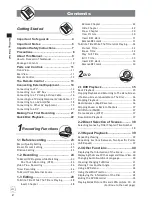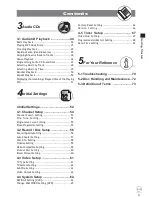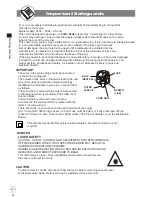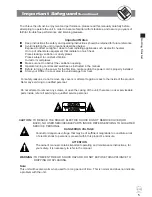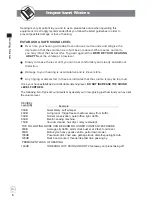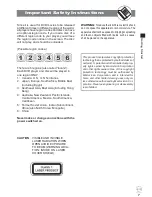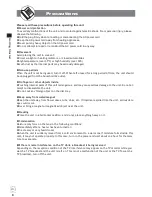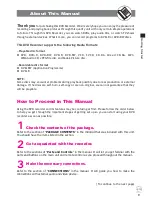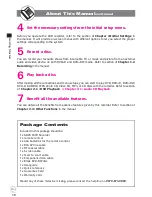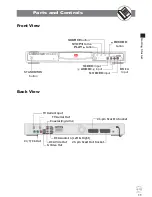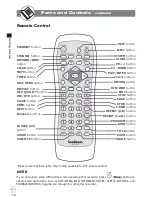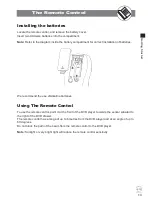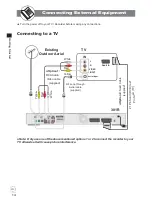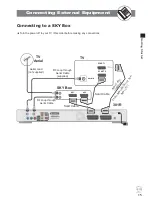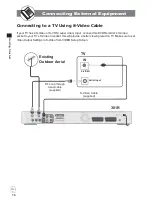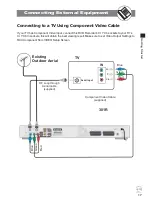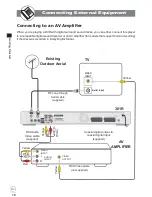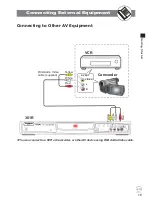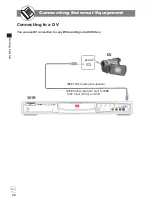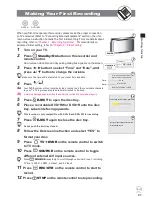
6
D
VD
+R
/R
W
Rec
ord
e
r
RW
Get
ting
S
tar
ted
Important Notes
Hearing is very important to you and to us so please take care when operatin
g
this
equipment. It is strongly recommended that you follow the listed guidelines in order to
prevent possible damage or loss of hearing.
ESTABLISH A SAFE SOUND LEVEL
Over time your hearing will adapt to continuous loud sounds and will give the
impression that the volume has in fact been reduced. What seems normal to
you may in fact that be harmful. To guard against this
BEFORE YOUR HEARING
ADAPTS
set the volume at a low level.
Slowly increase the level until you can hear comfortably and clearly and without
distortion.
Damage to your hearing is accumulative and is irreversible..
Any ringing or discomfort in the ears indicates that the volume is maybe too loud.
Once your have established a comfortable listening level,
DO NOT INCREASE THE SOUND
LEVEL FURTHER.
The following list of typical sound levels may assist you in recognising just how loud you have set
the volume level.
.
DECIBEL
Level(dB)
Example .
30dB Quiet library ,soft whisper.
40dB Living room , fridge freezer bedroom away from traffic.
50dB Normal conservation, quiet office, light traffic.
60dB Electric sewing machine.
70dB Vacuum cleaner, hair dryer, noisy restaurant.
THE FOLLOWING NOISE CAN BE HARMFUL UNDER CONSTANT EXPOSURE
80dB Average city traffic, alarm clock buzzer at 2 feet, food mixer.
90dB Motorcycle heavy goods vehicle, petrol lawn mower.
100dB Pneumatic drill, chair saw, garbage truck, discotheque/night-club.
120dB Rock band concert, thunderclap fast train passing by.
PERMANENT LOSS OF HEARING
140dB THRESHOLD OF PAIN GUNSHOT 2 feet away,
J
et plan
e
taking off.


